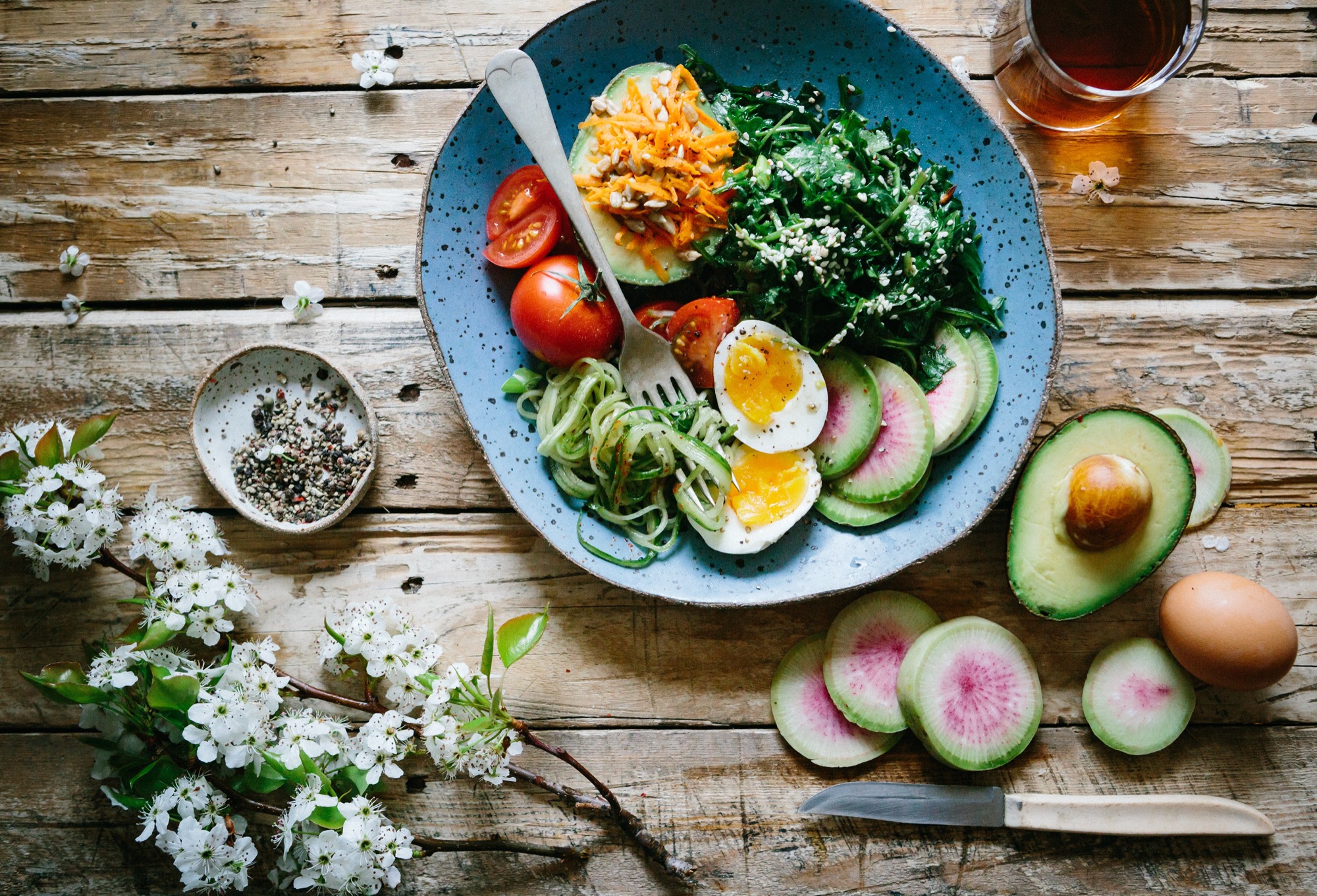
Eating for two (fuel and pleasure)!
This week’s guest blogger is Maddison Anderson, former professional rugby seven’s player and academic who also happens to be Shire Sports Medicine’s sonographer and the sister of Dr Brandi Cole!
I’ve always had an interest in health and nutrition, with my first degree being Exercise Science and Nutrition. Growing up I took part in all kinds of competitive sports, which ultimately led me to become a professional athlete playing Rugby 7s for Australia.
For me, nutrition was a vital part of my training. I wanted to fuel my body properly to perform the best I could. All of my friends would laugh at how much I ate, but I knew I would burn it all off anyway. We had our skinfolds checked regularly to ensure we were keeping lean; building muscle, but not too much fat. On top of this, I was a utility player changing between the backs and forwards so my weight targets were often modified depending what position I was required to play. I was in my early 20’s and expending a lot of energy so I never really had to think too much about what I ate (or restricted) and I hit my targets quite easily.
There was a stage where we were training and staying at the AIS in Canberra a lot, and I got in the habit of having a hot chocolate before bed each night because it was so cold! What seemed like a small insignificant habit resulted in me on the top end of my skinfold target. It obviously could have been due to other factors, but this was the only thing I recalled doing differently. I decided to cut out chocolate for 30 days and replaced the hot choc with a cup of tea at night instead. I used to have 2 sugars in my tea but I thought that would defeat the purpose of not having the hot chocolate, so I went without sugar. It didn’t take too long to get used to the new unsweetened taste and I easily made my skinfold targets at the next testing.
From this little challenge that I had given myself, I went on to give other restrictions a go, more to test myself mentally rather than for specific results. I had a bad habit of having juice with every meal instead of water, so I cut out juice for 30 days (this was harder for me than chocolate!). It’s amazing how you can kick a habit with just a small amount of time. I never have juice or hot chocolates anymore.
In Feb 2017, I was playing Rugby in Japan and suffered a major knee injury, rupturing my ACL as well as some other structural damage. I had surgery in March, and began my long road to recovery. After seeing many of my friends and teammates go through it before me, I knew I was in for a 12-month rehabilitation plan. As I also needed my meniscus repaired, I had an extra month on crutches post-surgery while this healed, compared to the normal ACL recovery. A huge part of any ACL rehabilitation is gaining muscle mass back, in particular quads and hamstring strength. I went to the gym diligently and performed my strength program, but running was out of the picture until around 4-5 months post-surgery. My wedding was locked in for Feb 2018, and while most brides are focused on shredding, I began my ‘bulk for the wed’ phase. I had a decent knowledge about nutrition, and knew that in order to gain muscle mass I had to eat more calories and stick to my strength program. However, I wanted more specific advice to help me gain muscle mass without gaining unnecessary fat also, especially as I knew running was out for a while. I went to see a specialist Sports Dietician to refine my knowledge and help me achieve my goals.
Below are my top ten tips that I learned from this time (plus a few extras from over the years):
- You can lose weight by eating MORE food – timing is crucial. Eat more in the morning (including more carbs) and less at night. I have often heard people say if they eat breakfast, they get hungrier than if they go without, so will skip it. You are hungrier because you have kick started your metabolism, so your resting metabolic rate will be higher and you will burn more during the day.
- Rather than sticking to 3 meals a day, have more frequent smaller meals to avoid overconsuming. Especially make sure to include an afternoon snack, as this will mean you are fuller and will eat less at dinner time.
- Set small targets to keep you accountable. Something you think you will be able to achieve. If it is too difficult initially, you are more likely to give up because it is too far out of reach. For example – eat home cooked dinners and do some form of physical activity 5 days a week. That way you don’t feel guilty for 2 rest days and some small treats. Allowing a bit of leeway means you’re more likely to create life long habits – if you miss a day during the week, make up for it on the weekend.
- Sugar dulls our taste buds and makes you think everything is bland. It only takes a few weeks of cutting it out (completely) for your taste buds to adapt and you’ll be shocked at how full of flavour your foods become without the need to add salt, sauce etc. I never thought I would enjoy salads without dressing, or ribs without sauce but they are delicious when your taste buds adapt (coming from a girl who hates veggies).
- Health is wholistic and more than just your physical appearance. Often fad diets might make you temporarily look better from the outside, but not necessarily be the best for your health on the inside. You also have to consider your organ health and your mental, social and emotional health. Make a non-nutrition related goal and other areas will benefit. For example- less phone time at night = better night sleep and more energy to stick to your training plans the following day. Avoiding snoozing your alarm = more time to pack your food for the day.
- Failing to prepare is preparing to fail. Food prep is essential. Pick one day a week to do a large shop and prepare a few meals for the coming week. Schedule this time in your diary the same as you would any other appointment. You should only need to set aside approximately 2 hours. Freeze some meals as emergency backups for when you can’t be bothered to cook to avoid getting take-away.
- Just like training is easier with a friend to push you, having support with your nutrition goals helps keep you on track too. Same as you would meet up at the gym to for a session, arrange to food prep together. You can share the load by doubling the portions of a recipe and swapping half with a dish your friend cooks. Double the meals for hardly any extra effort.
- Encourage the family/household to get on board and support your goals. If it’s not in the house, you won’t eat it.
- There’s no point having a ‘healthy treat’. Eat well, have healthy snacks, then have a ‘treat treat’ (in moderation), and enjoy it.
- I eat a LOT. I also train a lot. Listen to your body, if you are full, you don’t need an extra serve (even if it is delicious). Are you hungry or just bored? If you think it may be boredom, have a water or a cup of tea instead. I never starve myself or go hungry, I just make sure I am eating nutritious foods to fill me up, and not overeating.
At the end of the day, my philosophy in life is to exercise regularly and eat foods that make me feel good within myself. I eat and train to make me the healthiest version of myself rather than because of how it will make me look. For the most part, I think this also makes me look fit and healthy too!
Written by Maddison Anderson, BSc(ExSc & Nutr), MDR






